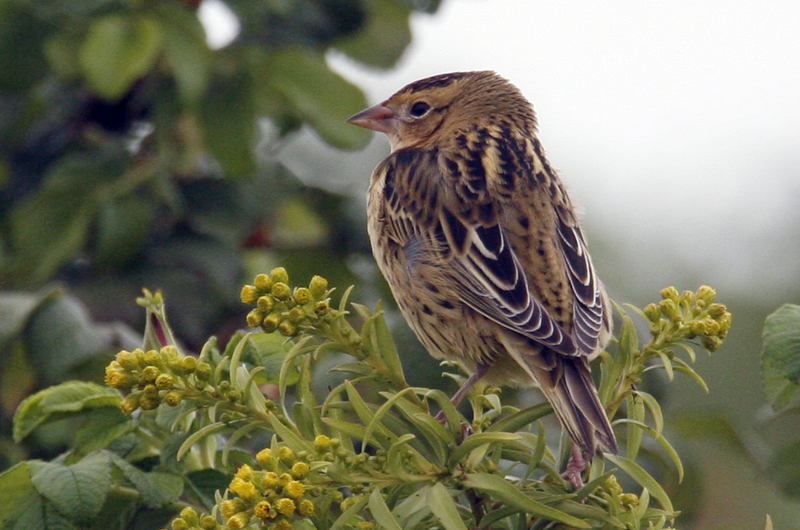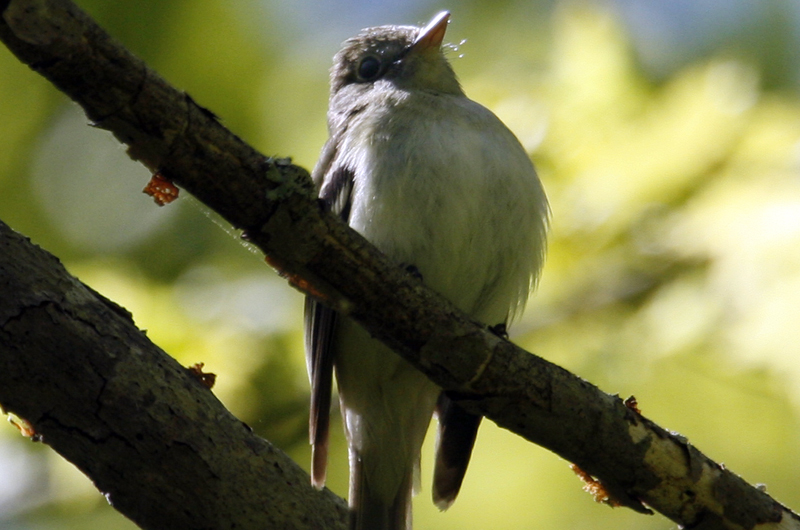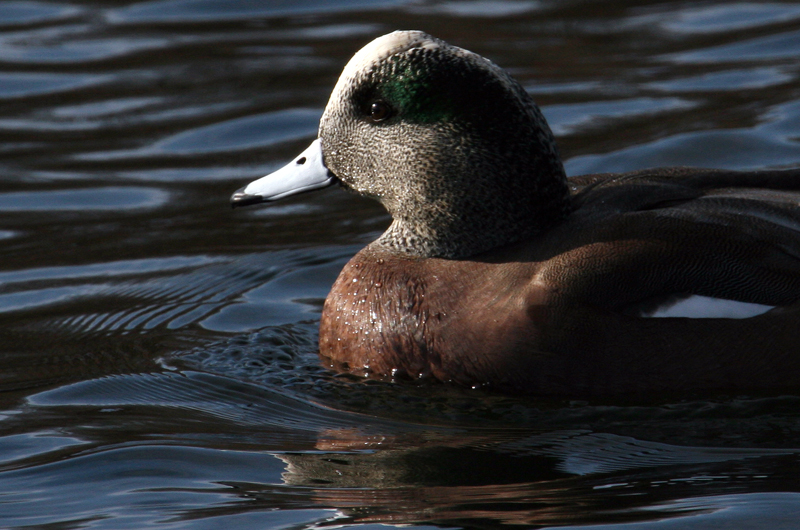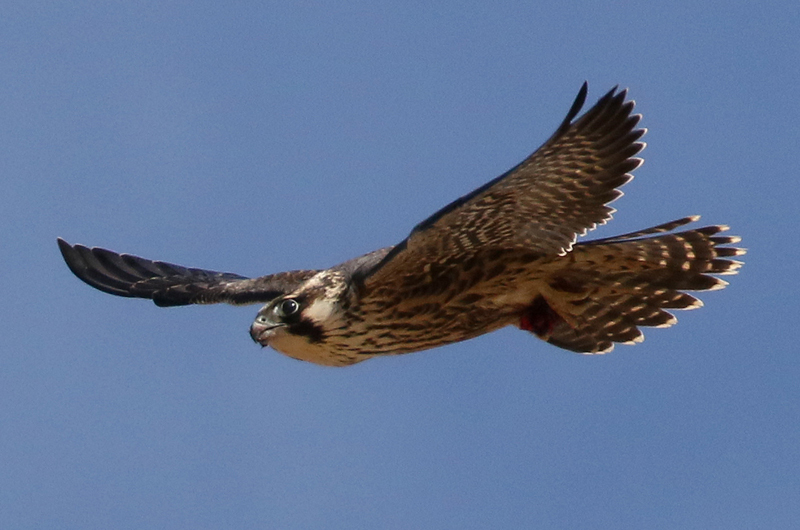There were only two pairs of osprey nesting on Martha’s Vineyard in 1970. This year there were 89 breeding pairs, an insignificant decrease of one pair from last year’s total. These pairs managed to fledge 117 chicks from 65 successful nests, an amazing number considering the wet and cool spring. An additional nine pairs of young birds were “housekeeping” this year — building nests but not laying eggs. The egg laying will likely begin next year.
How can we be so precise with our counts? It takes a lot of effort from a lot of people to census that many nests and to determine how many chicks fledged from each nest. So a big thank you to Gus Ben David, Dick Jennings, Rob Bierregaard, and numerous volunteers organized by Felix Neck. With a little luck, the population of osprey will soon reach 100 breeding pairs. That will be an amazing tribute to Mr. Ben David and Eversource Electric, his indispensable partner that has erected many of the poles you see all over the Island.
Bird Sightings
Three more new species for the fall have shown up this week. Pete Gilmore and Lanny McDowell visited the Gay Head Cliffs on Sept. 10, where they found a dickcissel (a house sparrow look-a-like that has some yellow on its chest). Dickcissels have a fairly distinctive call note, and can be seen pretty much annually at the cliffs. They also observed the first peregrine falcon of the season as it was cruising around the cliffs. It seems a bit early for this species, but I also observed an adult peregrine flying over the ocean beach at Quansoo that morning. It was about 100 yards in front of me, repeatedly flying down to near the ocean edge, rising up to about 50 feet before dropping back down again. No doubt terrorizing some small shorebird.
I continued down to the western end of Black Point Pond, where three American wigeon were mixed in with a gathering of 35 green-winged teal, 65 mallard, and 17 black duck. Recently we have had almost perfect fall weather, and the wigeon undoubtedly arrived on one of those days.
Also on Sept. 10, Lanny McDowell and Pete Gilmore spotted many bobolinks flying about the cliffs as well as a hairy woodpecker, a Cooper’s hawk, and two red-tailed hawks. They also spotted seven species of warblers in Aquinnah and downtown Chilmark, including three Cape May warblers.
On Sept. 11, Steve Allen found a juvenile yellow-crowned night-heron in a marsh at Felix Neck. Jim Suozzo also saw this bird on the same day. This species occurs regularly at this time of the year, though it seems to be more frequently observed this season than in past years.
Bill Post spotted the black skimmers, 14 of them, at Little Beach on Sept. 10. The next day he found several eastern phoebes along Garden Cove Road in Edgartown.
Ken Magnuson found two warbling vireos at the Edgartown Golf Club on Sept. 10. On Sept. 9, he joined Allan Keith and Pete Gilmore at the Gay Head Moraine, where they found a magnolia warbler and a rose-breasted grosbeak.
Some flycatchers can be extremely difficult to identify at this time of the year as they are not vocalizing. We often resort to calling them Empidonax flycatchers, as that is the genus of many of them. Doreen McCabe found one of them at Felix Neck on Sept. 10.
The primary purpose of my Sept. 10 trip to Black Point Pond was to see the white pelican, and I was successful. When the pelican was flying it was trying to imitate a nearby turkey vulture that was soaring in tight circles in a thermal. The pelican did not do as well as the vulture as it frequently had to flap to get back into the rising air mass. Jeff Bernier also spotted the white pelican that day, while Anne Lemenager, Danny Whiting and Sarah Mayhew observed it on Sept. 8, and Lanny McDowell found it on Sept. 7.
Other species of interest I spotted were ruddy turnstones in full winter plumage, three white-rumped sandpipers, three lesser yellowlegs, and seven greater yellowlegs. There were 13 lesser black-backed gulls, 200 sanderlings, and 105 black-bellied plover on the sandbars near the opening into Tisbury Great Pond.
Ruth Richards found a solitary sandpiper — a species so-named because it is usually observed by itself — foraging in a puddle at the Agricultural Hall on Sept. 9. Yes, it was solitary. This species prefers smaller fresh-water ponds rather than our tidal flats. Sarah Mayhew found the bird later that day. The previous day these two were birding Black Point Pond and they found a pectoral sandpiper.
My Sept. 9 guided birding tour wanted to see the buff-breasted sandpiper that was reported in last week’s column, so we headed out to Herring Creek Farm and presto, there it was out in the middle of the horse pasture.
Jeff Bernier found three black terns hanging out on Little Beach with their larger common tern cousins on Sept. 8. He also found three juvenile red knots and lots of juvenile ruddy turnstones.
This is the peak season for southbound migrants; please keep us up-to-date by reporting your sightings to birds@mvgazette.com.
Robert Culbert leads Saturday morning Guided Birding Tours and is an ecological consultant living in Vineyard Haven.











Comments
Comment policy »